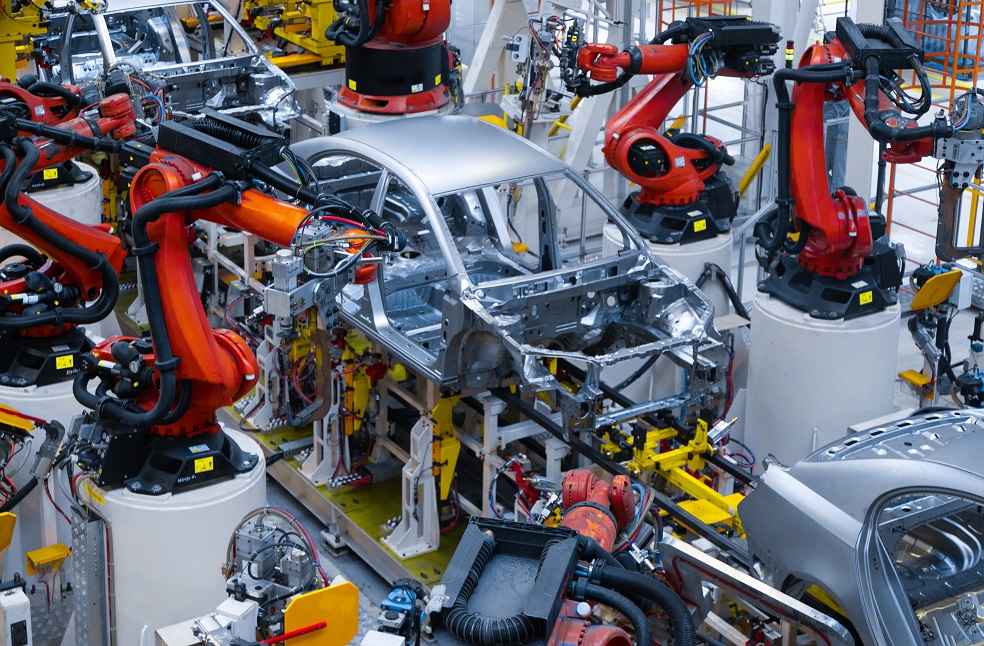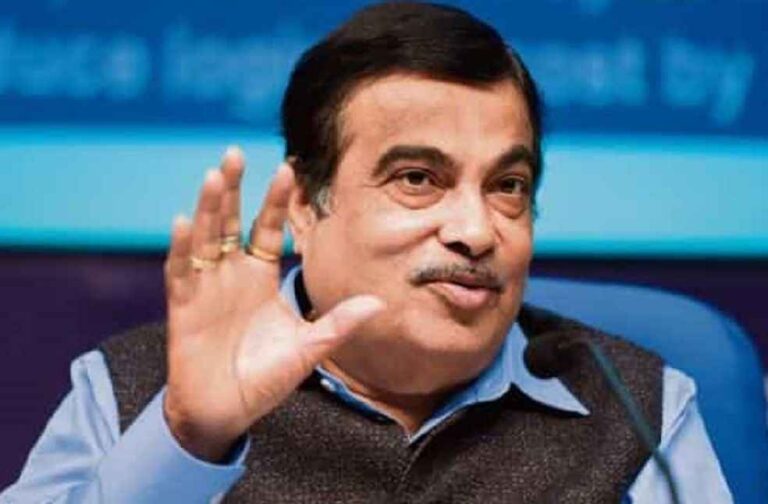Union Minister for Road Transport and Highways, Nitin Gadkari, has reaffirmed the government’s strong support to elevate India’s automobile industry into a global leader in innovation, safety, and sustainability. Addressing an industry event, Gadkari described the automobile sector as “the most important industry for the country,” citing its prominent role in employment, economic growth, and tax revenue.
“India has become the third-largest automobile market globally, surpassing Japan, with the industry valued at ₹22 lakh crore,” Gadkari stated. He noted that the sector provides employment to nearly 4 crore people and contributes the highest share of GST revenue. He further expressed the government’s ambition to transform India into the world’s top automobile hub.
Multi-Faceted Push for Road Safety
Emphasizing the urgency of improving road safety, the minister highlighted a comprehensive approach that encompasses vehicle engineering, infrastructure upgrades, enforcement, and public education. As part of the Zero Fatality Corridor initiative, the government has identified 77 high-fatality stretches across 15 states. A budget of ₹40,000 crore is being allocated to eliminate black spots on national highways.

To bolster the safety effort, IIT students are being engaged for road audits, and the government is harnessing data to map the top 100 accident-prone districts. The Bharat NCAP star rating program is already driving competition among manufacturers to produce safer vehicles.
Gadkari also detailed the rollout of new vehicle safety technologies, including anti-lock braking systems (ABS) for two-wheelers, electronic stability control in heavy vehicles, and advanced driver-assistance systems (ADAS) designed to prevent accidents, detect fatigue, and enforce lane discipline.
Campaign for Safer Roads and Skilled Workforce
To raise awareness, the ministry has launched the Sadak Suraksha Abhiyan, a national road safety campaign available in 22 Indian languages and being expanded via digital media. Addressing the chronic shortage of trained drivers, Gadkari revealed plans to establish 1,600 driving training centers with an investment of ₹4,500 crore. This initiative is expected to generate 15 lakh new jobs.

Driving Towards a Cleaner Future
In a strong push for environmental sustainability, the minister reiterated the government’s commitment to alternative fuels such as ethanol, methanol, bio-CNG, LNG, electric, and hydrogen. Highlighting that the transport sector accounts for 40% of India’s air pollution, he noted the dual urgency, environmental and economic, for transitioning to cleaner energy.
Under the National Green Hydrogen Mission, India aims to produce 5 million metric tons of green hydrogen annually by 2030. Trials of hydrogen-powered trucks are underway, and nine refuelling stations are currently being set up. This transition is expected to cut fossil fuel imports by ₹1 lakh crore and reduce carbon emissions by 50 million metric tons.

Turning Waste into Infrastructure
Gadkari also spotlighted innovative efforts to turn waste into a resource. Municipal waste from Delhi is being utilized in road construction, and trials are underway to use bio-bitumen derived from agricultural residue. “We’ve reduced the height of the Ghazipur landfill by seven meters using garbage in road projects,” he said.
Industry Collaboration Key to Growth
Calling for deeper collaboration, Gadkari urged the industry to continue innovating and partnering with the government. “We aim to grow this sector from ₹22 lakh crore to ₹75 lakh crore. It may be difficult, but it’s not impossible. Together, we can make India a global leader in mobility, safety, and sustainability,” he concluded.
GENERAL | Nissan to Shut CIVAC Assembly Plant in Mexico by March 2026





